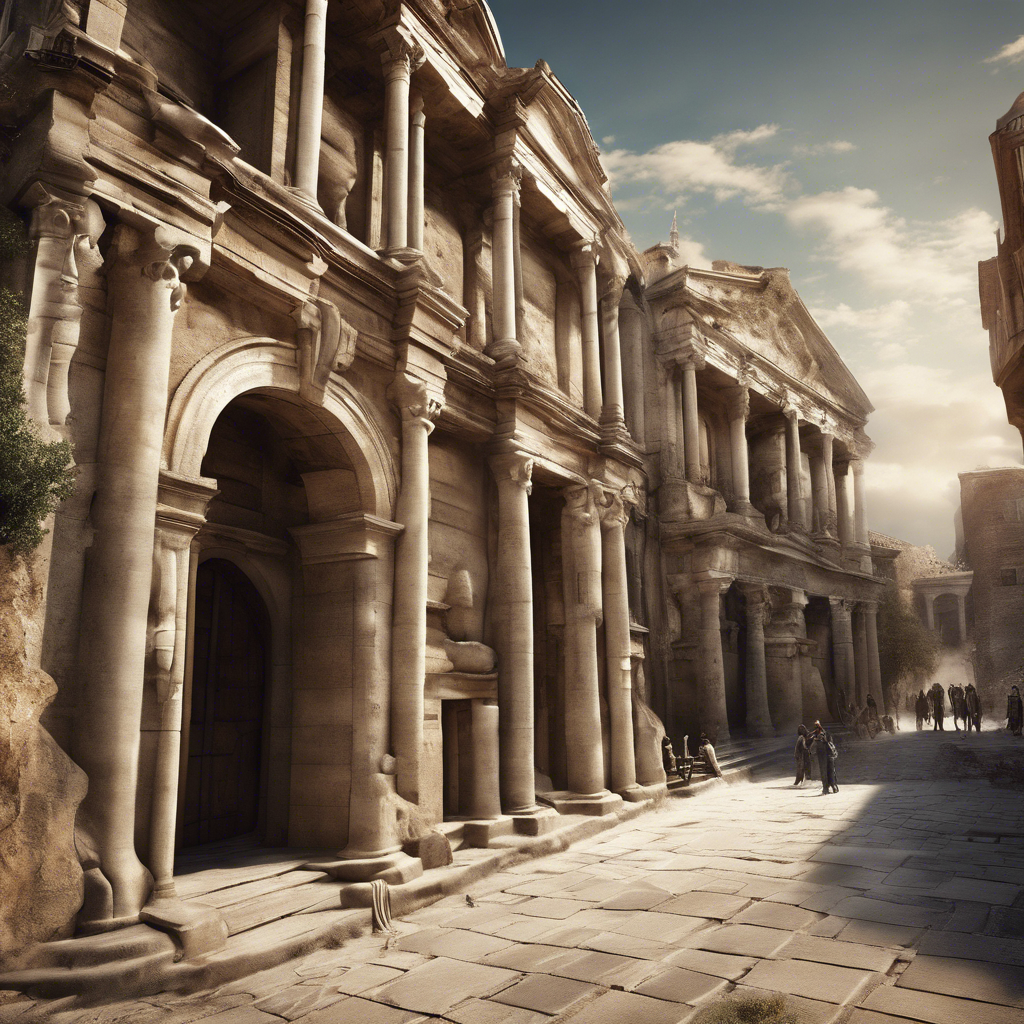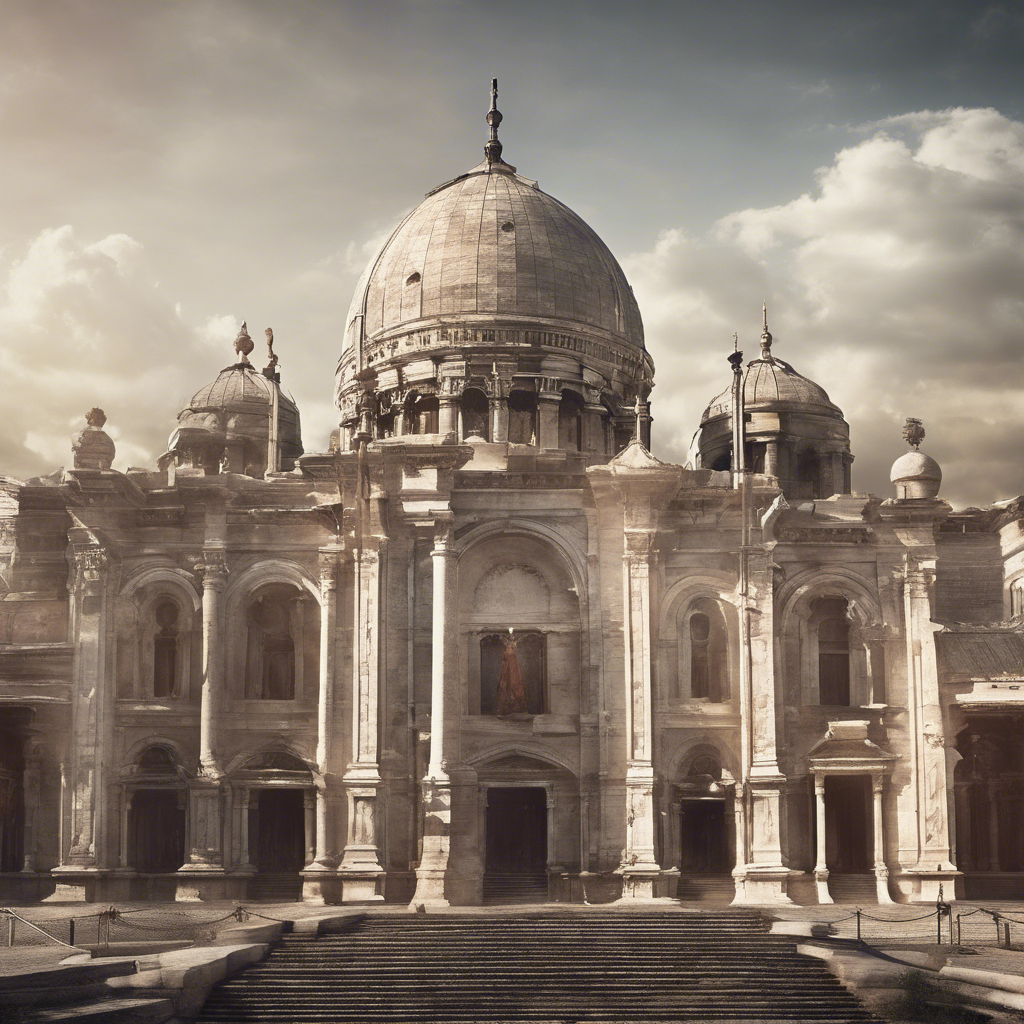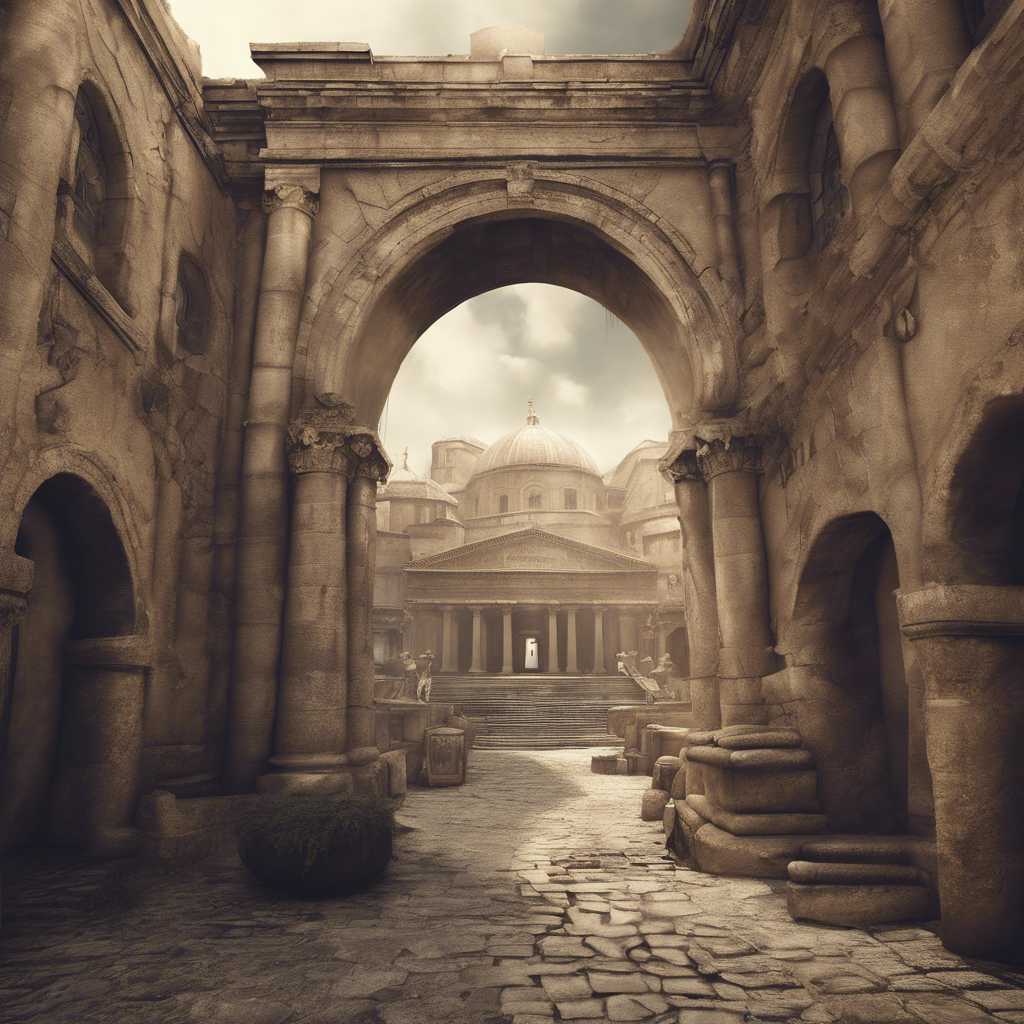In a world rich with history and culture, there are certain places that stand out for their historical significance. From ancient wonders to modern marvels, these historical sites are a testament to human civilization's enduring legacy. Let's embark on a journey through time and explore the most historical places in the world.

1. The Great Wall of China

The Great Wall of China stands as a testament to the ingenuity and determination of the ancient Chinese civilization. Stretching across a remarkable distance of over 13,000 miles, this awe-inspiring architectural marvel was not merely a physical barrier but a symbol of strength and resilience. Constructed over centuries, the wall served as a formidable defensive fortification, protecting the northern borders of China from invasions and preserving the cultural heritage of the nation. Walking along the Great Wall, one cannot help but be overwhelmed by a sense of history and grandeur. Each stone and brick that make up this colossal structure whispers tales of the past, echoing the footsteps of countless soldiers and laborers who toiled to build and maintain it. The panoramic views from the wall offer a glimpse into the vast landscapes that it once guarded, providing a profound connection to the land and its people. As you traverse the undulating path of the Great Wall, you are transported back in time, envisioning the strategic significance of this monumental creation. The watchtowers, beacon fires, and defensive features scattered along its length paint a vivid picture of the military tactics employed to safeguard the realm. The Great Wall not only served as a physical barrier but also as a cultural and symbolic link, uniting disparate regions under the common cause of protection and preservation. In the modern era, the Great Wall of China continues to captivate visitors from around the world, standing as a living testament to the enduring legacy of ancient Chinese civilization. Its sheer scale and historical significance make it a must-visit destination for those seeking to immerse themselves in the rich tapestry of China's past. The Great Wall remains an iconic symbol not only of architectural prowess but also of the unwavering spirit of a nation that stood firm against the tides of time.
2. The Pyramids of Giza, Egypt

The Pyramids of Giza stand as an enduring symbol of ancient Egypt's grandeur and innovation. These monumental structures, constructed more than 4,500 years ago, continue to captivate the imagination of people worldwide. The sheer scale and precision of the pyramids reflect the unparalleled architectural mastery and engineering ingenuity of the ancient Egyptians. Each block meticulously placed, every angle carefully calculated, these wonders of the ancient world stand as a testament to a civilization that possessed both remarkable vision and unrivaled craftsmanship.
Visitors who stand before the Pyramids of Giza cannot help but feel a profound sense of awe and reverence. The enormity of the pyramids, coupled with their enduring presence through millennia, inspires a deep appreciation for the culture and society that gave rise to such marvels. The mysteries surrounding the construction of these iconic landmarks only add to their allure, inviting speculation and admiration for the ancient Egyptians' ability to conceive and execute such ambitious architectural feats.
Moreover, the Pyramids of Giza serve as a reminder of the spiritual beliefs and cultural practices of ancient Egypt. These monumental structures were not merely tombs for the pharaohs but were also intricately linked to the Egyptian understanding of the afterlife and the divine. The alignment of the pyramids with celestial bodies and the intricate hieroglyphs adorning their walls allude to a profound cosmological worldview that permeated every aspect of ancient Egyptian society.
In essence, the Pyramids of Giza transcend their physical presence to become symbols of human ingenuity, perseverance, and the enduring quest for immortality. They stand as a timeless testament to the remarkable achievements of a civilization long gone, yet whose legacy continues to resonate through the ages.
3. Machu Picchu, Peru

Located at an elevation of around 7,970 feet above sea level, Machu Picchu stands as a testament to the ingenuity and engineering prowess of the ancient Incan people. The citadel's strategic positioning on a ridge between two peaks not only provided natural defenses but also offered stunning panoramic views of the surrounding Andes Mountains. The intricate stonework of the buildings, without the use of mortar, showcases the Incan's remarkable craftsmanship and architectural skills.
Exploring Machu Picchu is like stepping back in time to unravel the mysteries of this once-thriving civilization. The terraced fields, temples, and residential areas within the citadel provide insights into the daily life and religious practices of the Incas. The Intihuatana stone, believed to be a sundial or an astronomical calendar, highlights the advanced knowledge and astronomical expertise possessed by the ancient inhabitants of Machu Picchu.
Visitors to Machu Picchu can embark on various hiking trails, such as the famous Inca Trail, to reach the site and immerse themselves in the breathtaking beauty of the Andean landscape. The journey to Machu Picchu is as rewarding as the destination itself, with opportunities to encounter diverse flora and fauna unique to the region.
For those seeking a deeper connection with history and nature, Machu Picchu offers a profound experience that resonates long after the visit. The sense of wonder and awe inspired by this ancient citadel is a reminder of the enduring legacy of the Incan civilization and its harmonious relationship with the natural world.
4. The Colosseum, Italy
The Colosseum in Rome, Italy, is a symbol of the grandeur and brutality of the Roman Empire. This ancient amphitheater once hosted gladiatorial contests, public spectacles, and theater performances. Walking through the corridors of the Colosseum, you can almost hear the echoes of the past and envision the events that took place within its walls.
5. Taj Mahal, India
A masterpiece of Mughal architecture, the Taj Mahal is a testament to love and beauty. Built by Emperor Shah Jahan in memory of his wife, Mumtaz Mahal, this white marble mausoleum is a UNESCO World Heritage Site and an enduring symbol of eternal love. The intricate craftsmanship and symmetrical design of the Taj Mahal make it a marvel to behold.
These historical places offer a glimpse into the rich tapestry of human history and cultural heritage. Whether you're a history buff, a world traveler, or simply curious about the world's wonders, exploring these iconic sites is sure to leave you awe-inspired and enriched.
Yorumlar